Grilling traditional Argentinean Provoleta is a culinary delight that brings the rich flavours of Argentina to your backyard or kitchen. Provoleta is a popular dish in Argentinean cuisine. It is made with a specific type of cheese that melts beautifully on the grill.
Resulting in a gooey and smoky delight. This iconic dish is important in Argentinean culture. Representing the love for grilled meats and the art of gathering with friends and family around the grill. With its simplicity and versatility, Provoleta can enjoy as an appetizer, a side dish, or a main course.
This guide will explore the techniques and tips to master the art of how to grill traditional Argentinean Provoleta. Get ready to savour the irresistible combination of melted cheese, charred edges, and flavorful toppings that make this dish a true culinary gem of Argentina.
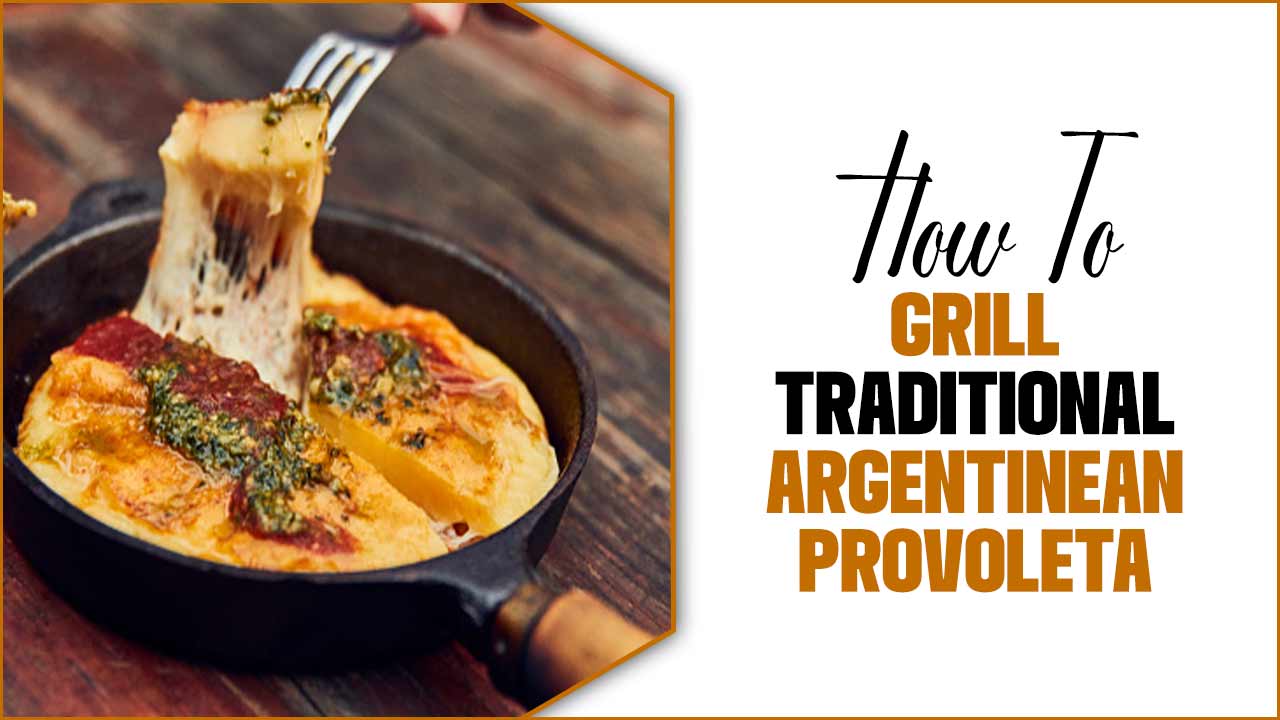
Ingredients For Provoleta
The ingredients for Provoleta are simple yet essential in creating the classic Argentinean grilled cheese experience. The combination of high-quality Provoleta cheese, olive oil, oregano, and optional toppings results in a savoury and satisfying dish that will transport you to the vibrant streets of Argentina. Ingredients for Provoleta:
- Provoleta Cheese: People traditionally make Provoleta with a specific type of cheese called provolone. It has a semi-hard texture that melts beautifully when grilled, resulting in a gooey and creamy interior.
- Olive Oil: High-quality olive oil coats the Provoleta cheese before grilling. It adds flavour and helps prevent sticking to the grill.
- Oregano: A sprinkle of dried oregano adds a subtle herbaceous note to the Provoleta. It complements the cheese and enhances its overall flavour.
- Red Pepper Flakes: For a touch of heat, red pepper flakes can add to the Provoleta. It provides a gentle kick that balances the richness of the cheese.
- Fresh Ground Black Pepper: A bit of freshly ground black pepper adds depth and a hint of spiciness to the Provoleta.
- Optional Toppings: Provoleta can customize with various optional toppings such as sliced tomatoes, roasted red peppers, fresh basil leaves, or even cooked chorizo slices. These toppings add extra layers of flavour and texture to the dish.
Equipment For Provoleta
These equipment items will ensure you have everything necessary to grill Provoleta effectively and safely. Whether you’re using an outdoor grill or a stovetop method, having the right tools at hand will help you achieve delicious results and enjoy the authentic flavours of Argentinean Provoleta. Equipment for Provoleta:
- Grill: A grill is the primary equipment needed to cook Provoleta. Whether you have a charcoal grill, gas grill, or even an indoor grill pan, it should provide sufficient heat for grilling the cheese.
- Grilling Tools: Essential grilling tools include long-handled tongs or spatulas for handling the Provoleta on the grill. These tools help in flipping the cheese and ensuring it cooks evenly.
- Cast Iron Skillet (Optional): While not mandatory, a cast iron skillet can use to prepare Provoleta indoors or if you prefer a stovetop cooking method. It allows for even heat distribution and helps create a nice crust on the cheese.
- Cutting Board: A sturdy cutting board is useful for slicing the Provoleta cheese into individual portions before grilling.
- Knife: A sharp knife is needed to cut the Provoleta cheese into slices or wedges. It should be able to glide through the cheese easily and safely.
- Serving Platter: Once the Provoleta is grilled and ready to be served, a serving platter or plate is needed to present the melted cheese to your guests.
How To Grill Traditional Argentinean Provoleta Like A Pro
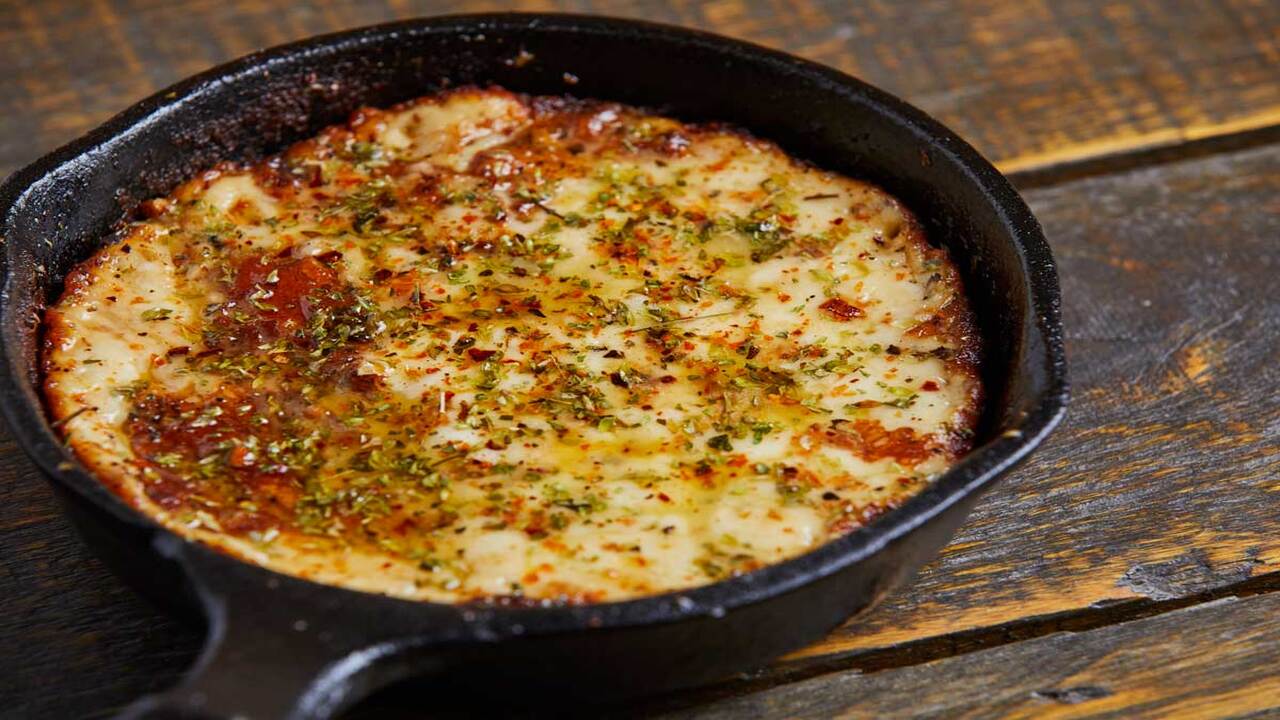
The traditional Argentinian provoleta grill is quite popular in Argentina and among fans of Argentine cuisine around the world. It is a grilled cheese dish made with provolone cheese and typically served with chimichurri sauce.
While it may not be as well-known as other grilled dishes from Argentina, such as steak or chorizo, provoleta is a beloved and delicious part of Argentine cuisine. Here are step-by-step guide to How to grill traditional argentinean provoleta.
1. Choosing The Right Cheese
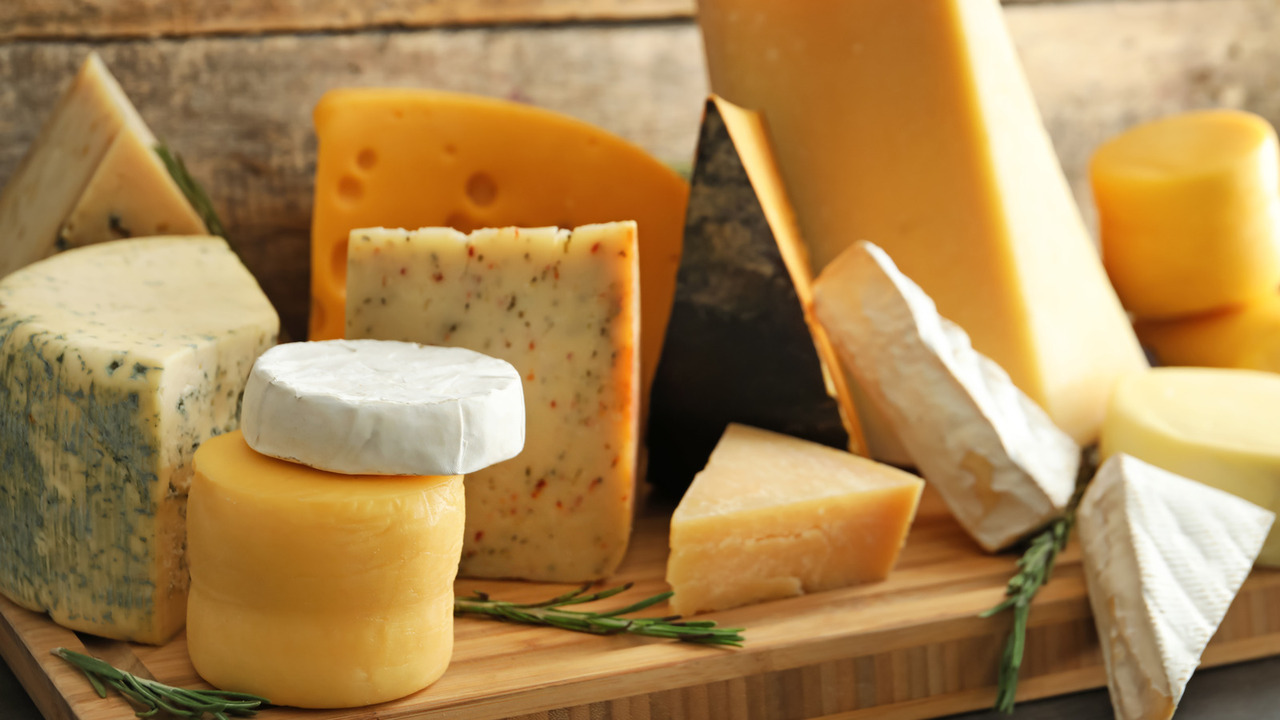
Selecting the right cheese is crucial when making Argentinean Provoleta. The traditional choice is Provoleta cheese, a semi-hard cheese with a creamy texture that melts beautifully on the grill. Its distinctive flavor and high melting point make it ideal for achieving that perfect gooey and smoky Provoleta experience.
While other cheese varieties may use, opting for Provoleta cheese ensures authenticity and the desired result. So, when preparing to grill Argentinean Provoleta, be sure to choose a cheese that possesses the right characteristics for a delightful and flavorful outcome.
2. Preparing The Grill
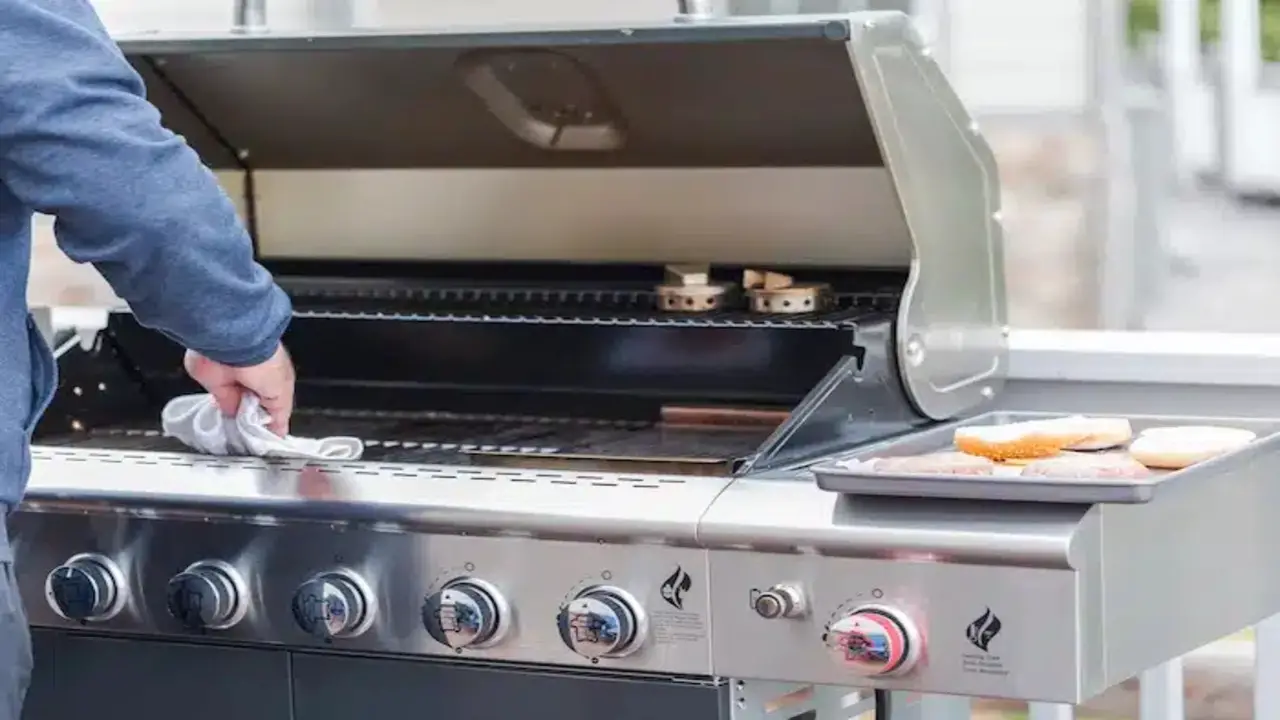
Properly preparing the grill is essential for successful Argentinean Provoleta. Start by ensuring that the grill is clean and free of debris. Preheat it to medium-high heat, allowing for optimal cooking conditions and helping to prevent the cheese from sticking to the grill grates.
A clean and well-prepared grill sets the stage for a delicious Provoleta experience, with even heat distribution and the perfect amount of smokiness infused into the cheese.
3. Slicing The Cheese
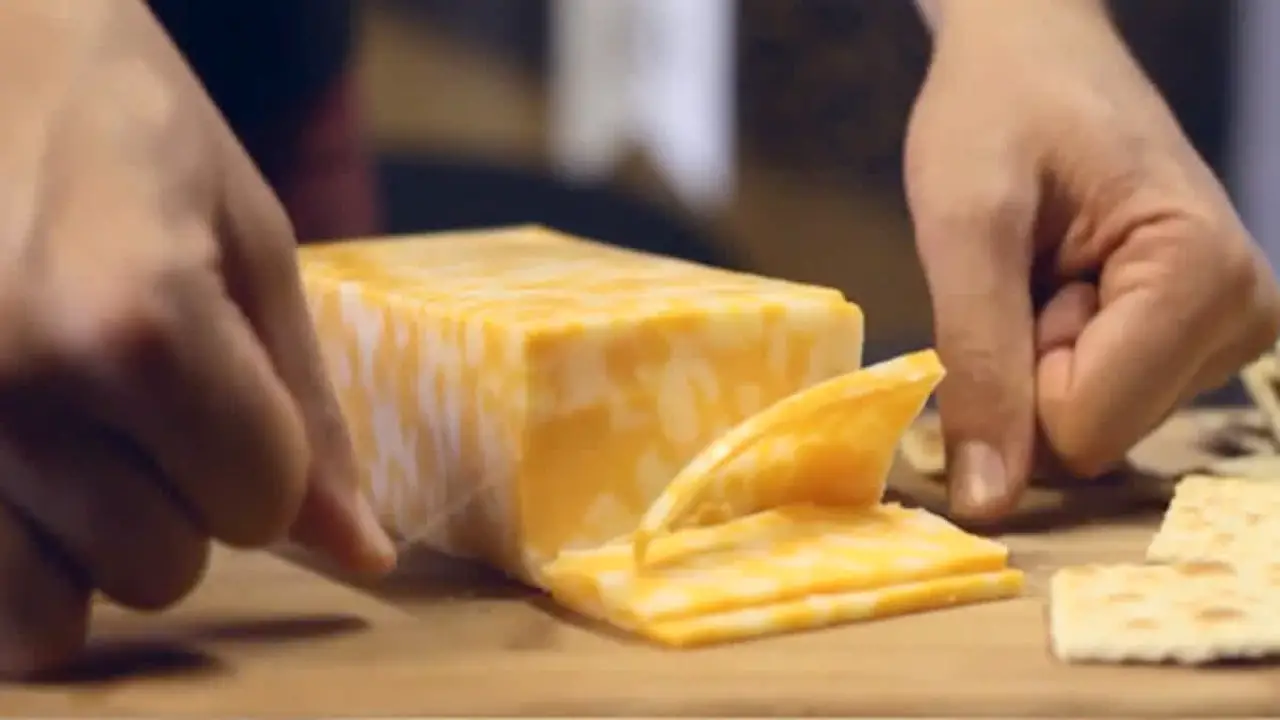
Before grilling, slicing the Provoleta cheese into thick rounds or wedges is important. This allows for even cooking and ensures that the cheese melts uniformly on the grill.
By slicing the cheese into appropriate portions, you’ll achieve a satisfying texture and maintain control over the melting process. Whether you prefer thick rounds or wedges, the size of the slices can influence the overall grilling experience and the way the Provoleta cheese interacts with the heat.
4. Seasoning The Provoleta
To elevate the flavor of Argentinean Provoleta, season the cheese with complementary spices and herbs. A sprinkle of dried oregano adds a subtle herbal note, enhancing the overall taste profile of the Provoleta. For those who enjoy a hint of heat, red pepper flakes can be added, providing a gentle kick that balances the richness of the cheese.
Additionally, freshly ground black pepper contributes a touch of spiciness and depth to the Provoleta. Seasoning the cheese before grilling’ll enhance its flavor and create a more enjoyable culinary experience.
5. Letting The Cheese Reach Room Temperature
Allowing the seasoned Provoleta cheese to reach room temperature before grilling is essential for achieving even cooking and optimal melting. Allowing the cheese to sit at room temperature for a short period ensures that it doesn’t go onto the grill too cold, which can result in uneven melting or a longer grilling time.
Bringing the cheese to room temperature sets the stage for a perfectly melted and gooey interior, while the exterior develops a delightful crust on the grill.
6. Placing The Cheese On The Grill
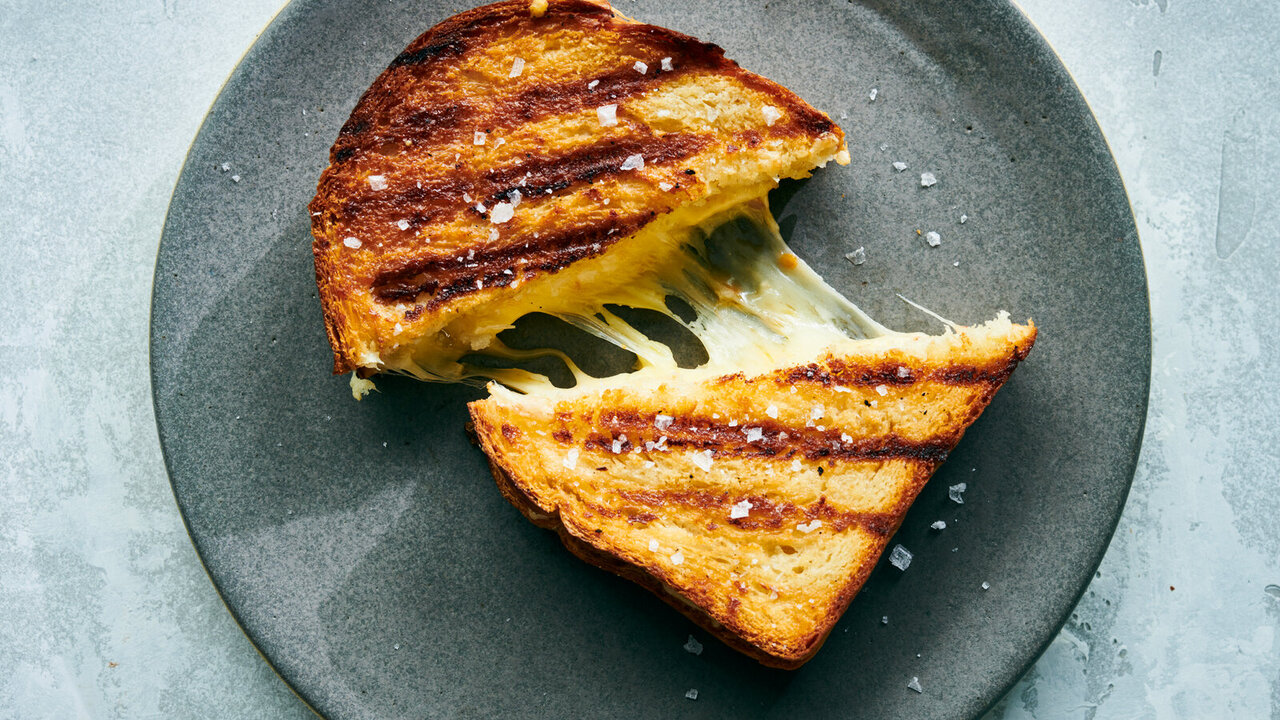
With the grill properly prepared and the cheese seasoned, it’s time to place the Provoleta on the grill. Carefully position the cheese slices on the preheated grill grates, ensuring they are not overcrowded.
Direct heat is preferred for grilling Provoleta, allowing for the desired crust to form on the cheese while the interior melts to perfection. Proper placement on the grill guarantees even cooking and ensures that each slice achieves the ideal balance of texture and flavor.
7. Cooking The Cheese On One Side
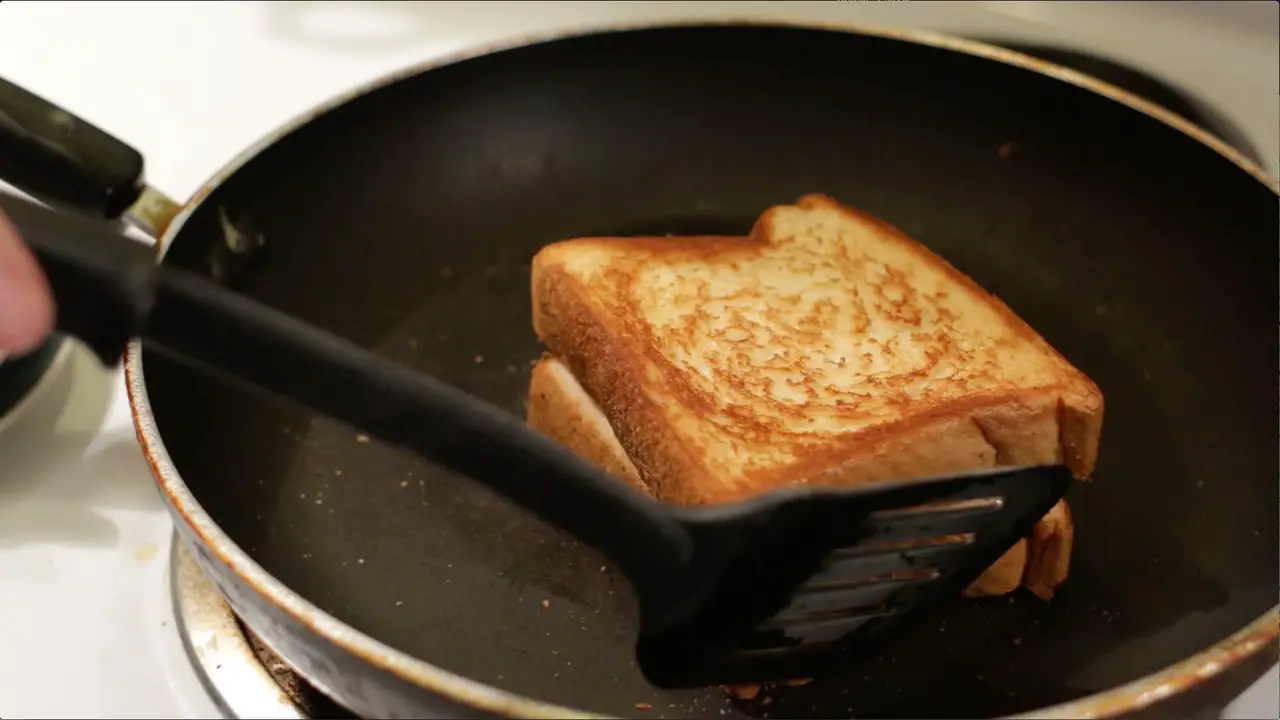
Once the Provoleta cheese is on the grill, cook it on one side until it develops a beautiful crust. The cooking time will depend on the thickness of the cheese slices, but typically, it takes a few minutes.
This step is crucial as it creates a caramelized and slightly smoky exterior, adding depth of flavor to the Provoleta. Avoid the temptation to flip the cheese too soon, as it needs time to develop the desired crust before moving on to the next step.
8. Flipping The Cheese
Using a spatula or tongs, carefully flip the Provoleta cheese to cook the other side. This ensures that the cheese melts evenly and achieves a consistent texture throughout. Be gentle when flipping to prevent the cheese from breaking apart. This step allows the other side of the cheese to develop a crust while the interior melts, resulting in a delightful balance of textures and flavors.
Common Mistakes To Avoid
Learn about common mistakes when grilling Argentinean Provoleta to ensure optimal results and avoid pitfalls that may affect the taste and texture of the cheese. From using the wrong type of cheese to overcooking or undercooking, understanding and avoiding these mistakes will help you achieve a perfect Provoleta experience every time.
Health Benefits Of Provoleta
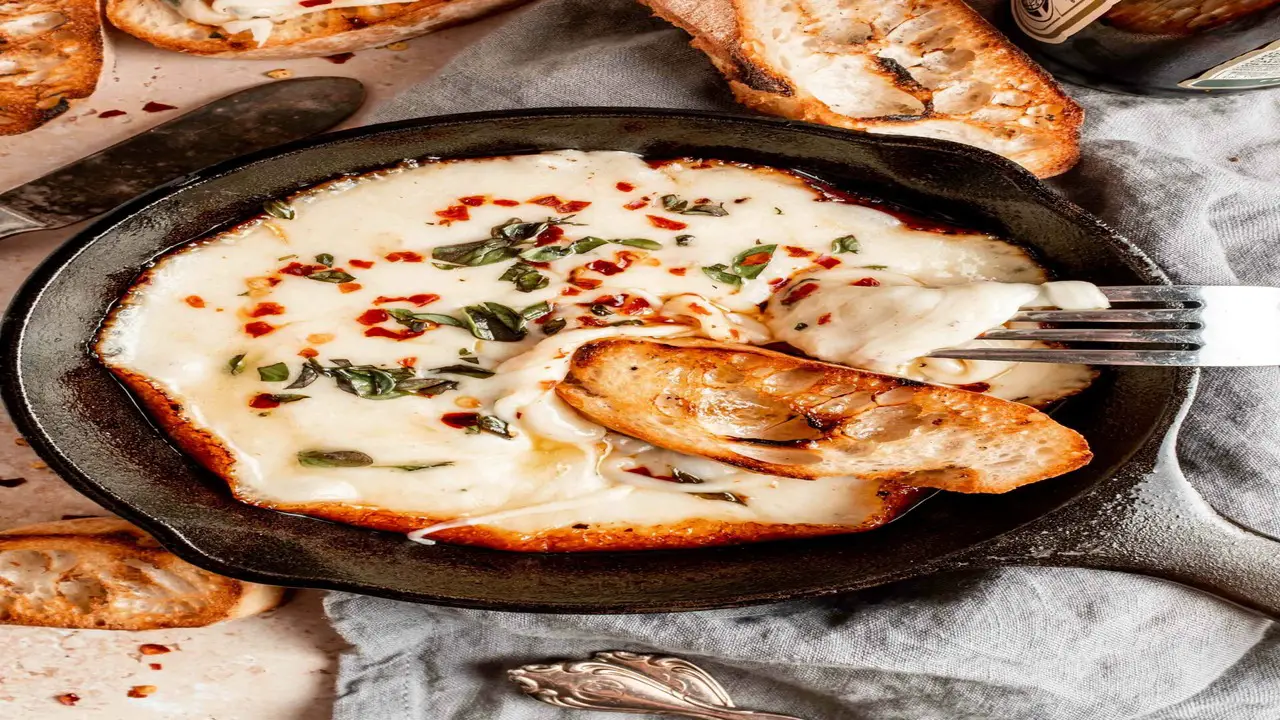
Discover the potential health benefits of Provoleta cheese when consumed as part of a balanced diet. From its calcium and protein content to its potential role in bone health, exploring the nutritional profile of Provoleta allows you to savor its flavors while appreciating its potential positive impact on your well-being.
Provoleta Pairings
Provoleta can be enjoyed on its own, but it also pairs exceptionally well with various accompaniments. Consider serving Provoleta with crusty bread, which provides a satisfying contrast in texture. The combination of warm, melted cheese with the toasted bread crunch is delightful.
Another classic pairing is chimichurri sauce, a vibrant and tangy condiment made with fresh herbs, garlic, vinegar, and olive oil. The herbaceous flavors of chimichurri complement the richness of Provoleta beautifully. Grilled vegetables, such as bell peppers, eggplant, or zucchini, are also fantastic side dishes that add freshness and a hint of smokiness to the Provoleta experience.
Provoleta Trivia
Provoleta is more than just a delicious grilled cheese—it carries a rich cultural significance and interesting trivia. Originating in Argentina, it is believed to have been inspired by Italian cuisine, particularly the Provolone cheese brought by Italian immigrants.
The name “Provoleta” is derived from “Provolone” and “leta,” an Argentinean term for “small.” Provoleta is deeply ingrained in Argentinean grilling culture, often served as an appetizer during asados (barbecues) and gatherings. In Argentina, grilling Provoleta is a cooking technique and a social event that brings friends and family together.
Conclusion
Learning How to Grill Traditional Argentinean Provoleta is an essential skill for anyone who wants to experience the rich flavors of Argentinean cuisine. The specificity and attention to detail required in grilling this dish is a testament to the dedication and passion that goes into creating a truly authentic meal.
The results of a successful provoleta are undeniable – a crispy and golden exterior, with a warm and gooey interior that is sure to satisfy any cheese lover’s cravings. With its unique blend of flavors and textures, the provoleta is a dish that is sure to impress and delight anyone who tries it.
So, whether you are a seasoned grill master or a novice cook, mastering the art of grilling traditional Argentinean provoleta is a worthwhile endeavor that is sure to bring success and satisfaction to your culinary endeavors.
Frequently Asked Questions
1.What Is Provoleta?
Ans: Provoleta is a traditional Argentinean dish that consists of grilled provolone cheese.
2.What Kind Of Cheese Do I Need To Use For Provoleta?
Ans: Provolone cheese is the traditional choice for Provoleta, but you can also use other similar cheeses like mozzarella or Fontina.
3.How Do I Prepare The Cheese For Grilling?
Ans: Cut the cheese into slices that are about 1/2 inch thick. Brush both sides of each slice with olive oil.
4.What Kind Of Grill Should I Use?
Ans: A charcoal or gas grill works well for grilling Provoleta. Make sure the grill is hot before placing the cheese on it.
5.How Long Do I Grill The Provoleta?
Ans: Grill the cheese for about 2-3 minutes per side or until it is golden brown and slightly melted.

I’m a writer and blogger who loves to talk about entertainment, culture, and relationships. I love to share my thoughts and insights on these topics, and I’m always looking for new ways to engage with my readers. I’m also a big fan of learning new things, so I’m always exploring new areas of interest.





